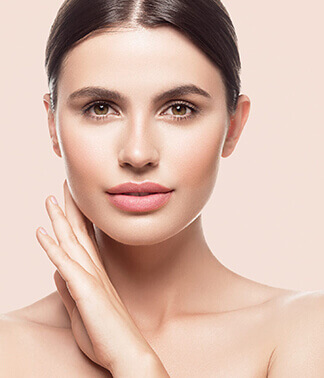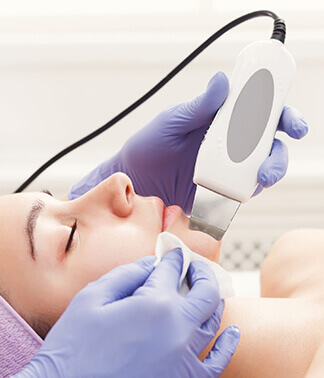Injectable Fillers



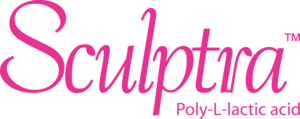
Dermal Fillers
Non-invasive options for addressing facial aging are becoming more and more popular. Of course, this isn’t a new trend. Botox injections have been the most popular cosmetic procedure worldwide every year since its introduction in 2002, but we also offer Dermal Fillers such as Juvéderm®, Radiesse®, Restylane®, and Silikon®1000 to help reduce the signs of aging.
Neuromodulators vs. Dermal Fillers
While the goal may be the same — erasing signs of facial aging, such as wrinkles, creases, and volume loss — neuromodulators and fillers are completely different.
Neuromodulators, of which Botox is the king, are basically muscle relaxers. Botox (and the other brands) are made from the botulinum toxin, the same bacteria that cause botulism. Decades ago, scientists discovered that when injected in very minute amounts into a muscle, the botulinum toxin would temporarily stop that muscle from contracting. This was important because certain types of wrinkles such as crow’s feet are caused by muscle contractions under the skin when we perform behaviors such as squinting and frowning. When Botox is injected into the muscle responsible for the wrinkle, it blocks the nerve message from reaching the brain, so the brain doesn’t tell the muscle to contract, and no wrinkle forms above it.
Dermal fillers, as their name implies, are more straightforward in their approach. They simply fill the wrinkle from beneath. When injected beneath a wrinkle, dermal fillers plump up the area, pushing the skin upward and removing the wrinkle, depression, or fold. Some dermal fillers not only fill in the wrinkle but also trigger the body to produce new collagen (the body’s protein whose job is to provide structure for the skin).
What Are Dermal Fillers Used For?
Dermal fillers treat what are called static wrinkles. These are the wrinkles that are on display at all times. They are usually the result of sun damage, environmental factors, and general aging. If these are the wrinkles you seek to address, dermal fillers are perfect. Neuromodulators, in contrast, only work on dynamic wrinkles, those wrinkles formed by muscle contractions.
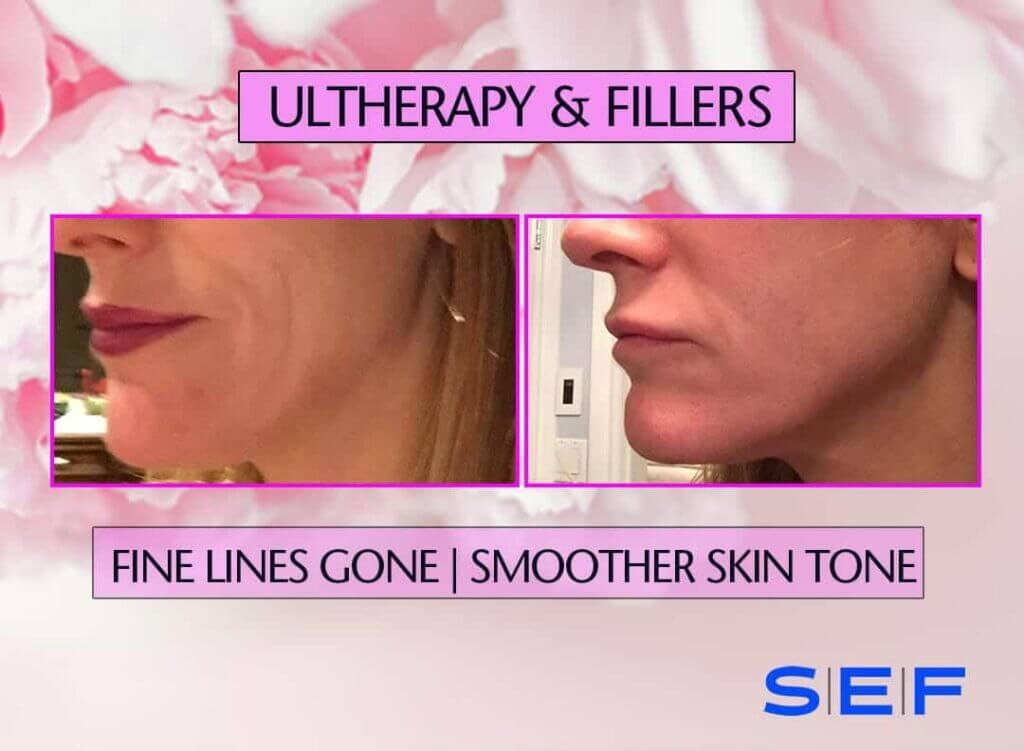
What are the different types of dermal fillers?
Dermal fillers can be broken into two groups — natural and synthetic.
Natural Fillers
The most popular fillers worldwide are naturally derived with brand names such as Juvéderm® and Restylane®. These fillers are based in a naturally occurring substance in the human body known as hyaluronic acid. Hyaluronic acid plumps, hydrates, and makes the skin firm. It does this by binding with water molecules under the skin’s surface.
Synthetic Fillers
Synthetic fillers are made from different materials with the goal of adding structure under the skin, seeking to replicate what collagen does for skin structure and support. Some synthetic fillers also trigger the body to increase collagen production in the injection sites. This can be valuable because after we turn 20 our collagen production drops by one additional percent annually.
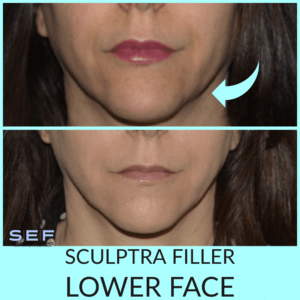
How Long Does It Take To See Results After Dermal Fillers?
Dermal fillers show immediate results, as they “ fill” the wrinkle from beneath. Those that also encourage new collagen production continue to build on those results for months. Botox and neuromodulators don’t show immediate results because they have to first work to paralyze the muscle causing the wrinkle.
How Long Do Dermal Fillers Last?
Every filler has a different lifespan before the body eventually absorbs the material.
Risks of Dermal Fillers
For dermal fillers, the risks are generally two things, allergic reactions or migration and lumping. Naturally derived fillers such as Juvéderm® rarely have reactions because hyaluronic acid is a natural substance that exists in the body. Synthetic fillers can be more prone to allergic reactions, but the risk is still not great.
More than allergic reactions, the real risk with dermal fillers is an injection into the wrong location. If a filler is injected into the wrong site, it can migrate to an unwanted area where it can be seen or it can form a lump. That’s why it’s important to have an experienced, highly knowledgeable injector such as Dr. Schlessinger.
Various Dermal Fillers
Juvéderm®
We offer three dermal fillers in the Juvéderm® family: Juvéderm® XC, Juvéderm®Voluma XC, and Juvéderm® Ultra XC. Each filler is hyaluronic acid-based and is intended to address a different area of the face and replace decreased volume. Juvéderm® results last up to one year.
- Juvéderm® Voluma XC— Juvéderm® Voluma is designed to add volume beneath the skin’s surface and contour the cheek area.
- Juvéderm® XC— This was the first Juvéderm® product and it targets the lines that form around the nose and mouth. These are called parentheses lines and nasolabial folds.
- Juvéderm® Ultra XC— Many people don’t think of their lips and aging, but Juvéderm® Ultra XC does. It provides or returns fullness to the lips, and fills the vertical wrinkles that form on them.
Radiesse®
Radiesse® is a synthetic dermal filler that targets the lower face. Radiesse®consists of calcium hydroxylapatite (CaHA) microspheres that are suspended in a water-based gel. Once Radiesse® is injected it provides immediate volume and wrinkle correction as the microspheres provide structural support under the skin. Then, as the body begins to absorb the gel and breaks down the CaHA microspheres, this reaction triggers the body to produce new collagen in the injection areas. Radiesse® restores lost volume in the lower face. It is particularly suited to address smile lines (the lines that run from the nose down to the corners of the mouth), marionette lines (the lines that run downward from the corners of the mouth), pre-jowl folds, drooping corners of the mouth, and chin wrinkles. Radiesse® results last around one year, but it boosts collagen production longer than that.
Restylane® and Restylane® Silk
Restylane® is a naturally derived hyaluronic acid-based filler. Restylane® has a smooth consistency and can be used in areas where it can spread under the skin a bit. This widens the treatment area. Any area of the face that has light wrinkles, moderate folds, and creases can be improved with Restylane®. It is especially effective for treating glabellar lines, which are found between the eyebrows, and in the area between the nose and mouth. Restylane® Silk is approved by the FDA specifically for adding volume and shape to the lips. Restylane’s improvements last for about one year.
Real Restylane Patients Before & After
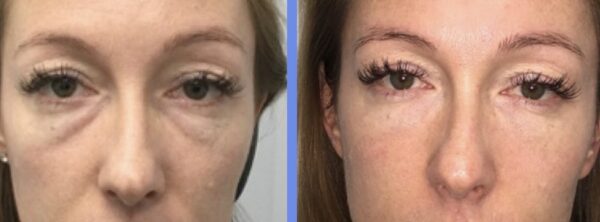
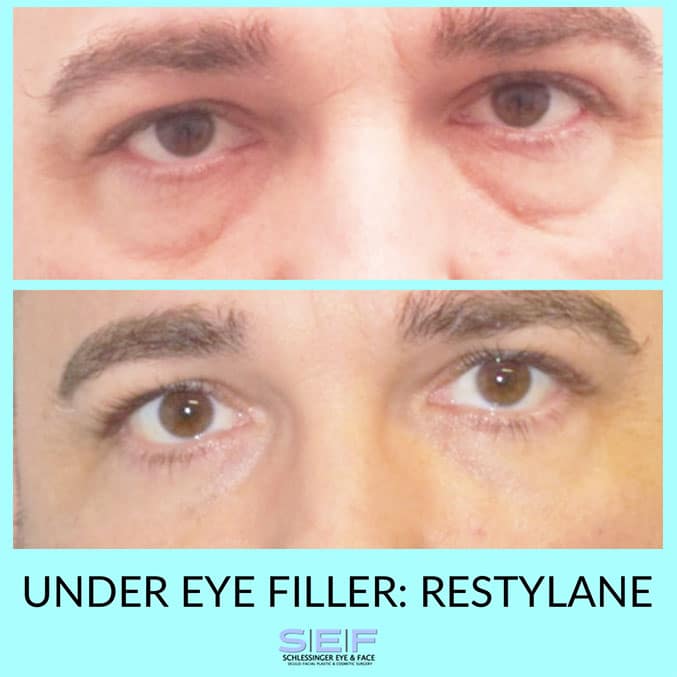
Silikon® 1000
Silikon® 1000 is known as a permanent, synthetic filler. It is made up of highly purified, medical-grade silicone whose preparation minimizes the chances of a reaction in the body. Silikon® 1000 was initially developed and approved by the FDA for retina surgery, where it keeps the retina in place and allows for better healing. Silikon® 1000 is used “ off label” to provide permanent volume under the skin and to reduce wrinkles. When injected under the skin, the silicone takes up volume and supports the skin above. Because Silikon® 1000 is permanent, it demands extreme expertise from the injector. That’s where the extensive experience of Dr. Schlessinger comes into play. He injects Silikon® 1000 using the micro-droplet technique. This method injects only small drops of Silikon®1000 in numerous small injections. This method spaces out the silicone drops, allowing cells and connective tissue to grow around each droplet. This keeps the droplets from moving and clumping with other droplets. This migration is the main risk with Silikon® 1000. If the silicone moves it can clump and be visible under the skin, and because the body doesn’t absorb the silicone droplets they are not going anywhere.
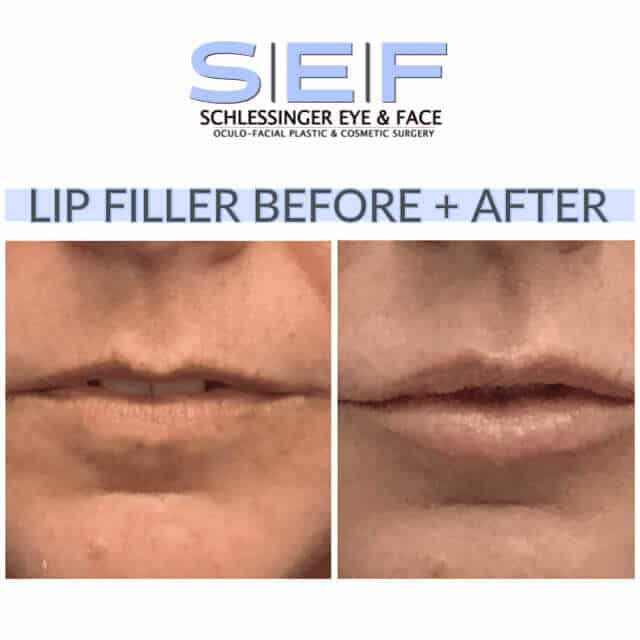
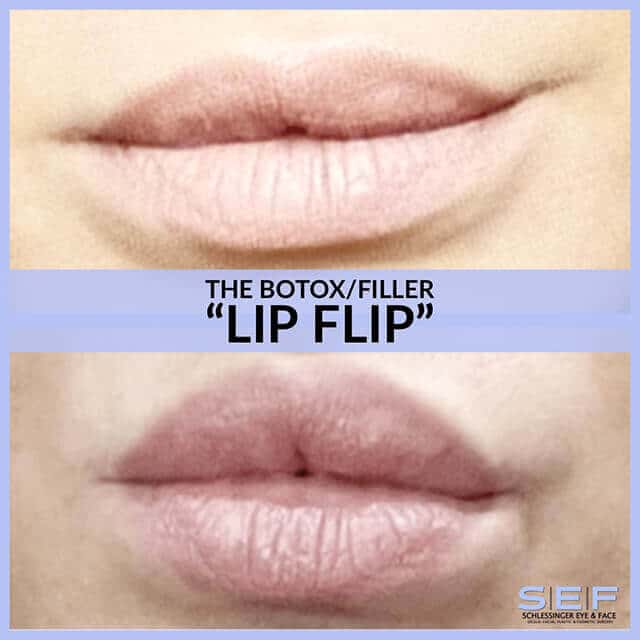

For additional information about our services, call us at 516-496-2122 or click here to request a consultation.

